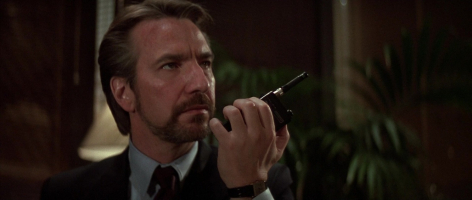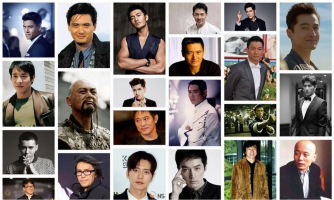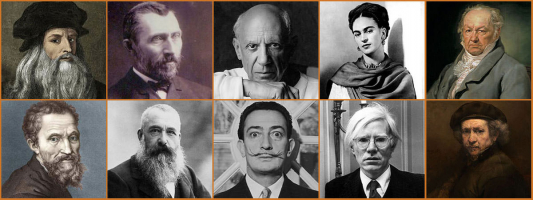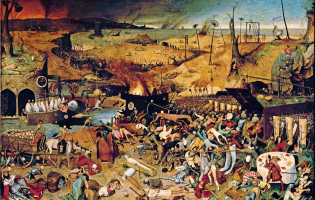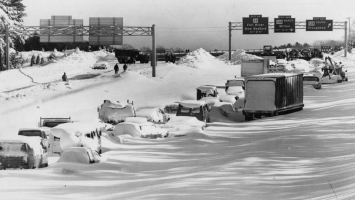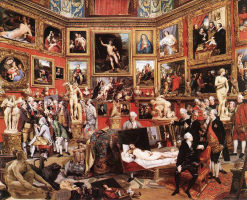Top 10 Best Actors in Film History
The best actors in film history are a hotly debated topic. These are the best male performers that have ever graced the silver screen (to vote on both genders, ... read more...check out this list of the greatest film actors and actresses). With several Academy Awards between them, these gentlemen were part of some of the greatest movies of all time (or were maybe the reason they were the finest movies ever). There are so many options for the best movie actor of all time that it may be difficult to choose just one. It's a good thing you can vote for as many contenders as you like for the finest actor ever. In this post, Toplist has listed the top 10 best actors in film history.
-
In terms of acclaim, Marlon Brando is usually regarded as the best actor of all time, surpassed only by the more theatrically focused Laurence Olivier. Unlike Olivier, who preferred the stage to the screen, Brando focused his abilities on movies after leaving the Broadway stage in 1949, a move that was heavily condemned when his popularity began to fade in the 1960s and he was chastised for squandering his gifts. No other actor has ever had such a deep impact on subsequent generations of performers as Brando.
More than 50 years after he first scorched the screen as Stanley Kowalski in the film adaptation of Tennessee Williams' Chuyến Tàu Mang Tên Dục Vọng (1951), and a quarter-century after his last great performance as Col. Kurtz in Francis Ford Coppola's Apocalypse Now (1979), all American actors are still measured by Brando's yardstick. It was as though the shadow of John Barrymore, the great American actor who came closest to Brando in terms of talent and celebrity, ruled the acting world until the 1970s.
He did not, nor did any other actor before or since Brando's 1951 on-screen depiction of Stanley established him a cultural icon, dominate the public's understanding of what WAS an actor. Brando's renown surpassed that of other outstanding performers of the 1950s, such as Paul Muni and Fredric March. Only the brilliance of Spencer Tracy's fame hasn't faded in the stars cast by Brando. However, neither Tracy nor Olivier established a whole school of acting just by the power of their personalities.
Detailed information:
Born: April 3, 1924, in Omaha, Nebraska, USA
Died: July 1, 2004, in Westwood, Los Angeles, California, USA (pulmonary fibrosis)
Birth Name: Marlon Brando Jr.
Nicknames: Bud Mr. Mumbles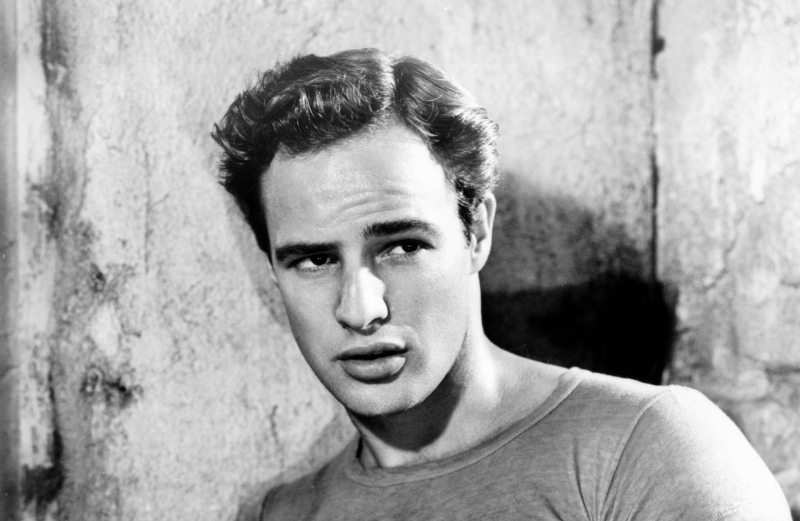
Marlon Brando 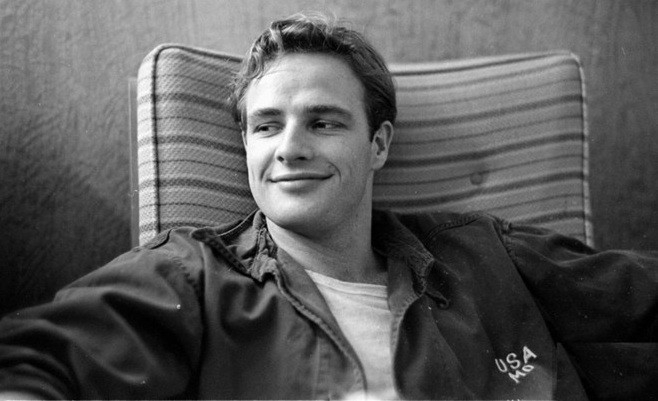
Marlon Brando -
According to English writer Charles Bennett, who met Olivier in 1927, Laurence Olivier could say William Shakespeare's words as effortlessly as if he were "really thinking them." Laurence Kerr Olivier was born to Agnes Louise (Crookenden) and Gerard Kerr Olivier, a High Anglican priest, in Dorking, Surrey, England. His surname was derived from a great-great-grandfather of French Huguenot descent.
One of Olivier's early triumphs on the London stage as a Shakespearean actor occurred in 1935 when he portrayed "Romeo" and "Mercutio" in alternate performances of "Romeo and Juliet" alongside John Gielgud. A young Englishwoman who was just starting out on the stage fell in love with Olivier's Romeo. In a special performance at Kronberg Castle in Elsinore, Denmark, in 1937, she played "Ophelia" alongside his "Hamlet." After both of them returned from filming pictures in America that were great box office blockbusters in 1939, she became his second wife in 1940. In the films, Fire Over England (1937), 21 Days (1940), and That Hamilton Woman, Vivien Leigh and Laurence Olivier were screen lovers (1941).
In 1944, Olivier and Leigh flew to Scotland with Charles C. Bennett to explore the true-life story of a Scottish girl convicted of killing her French boyfriend. Bennett said that Olivier investigated the case "with all the zeal of Sherlock Holmes," and that "we found information, never known or offered at the trial, that would most surely have sent the young girl to the gallows." The cinematic project was later shelved. Throughout their two-decade marriage, Olivier and Leigh performed on stage in England and America and made films whenever they needed money.
Detailed information:
Born: May 22, 1907, in Dorking, Surrey, England, UK
Died: July 11, 1989, in Steyning, West Sussex, England, UK (renal failure)
Birth Name: Laurence Kerr Olivier
Nicknames: Larry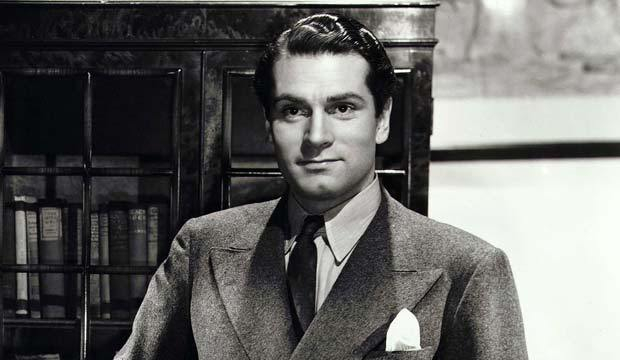
Laurence Olivier 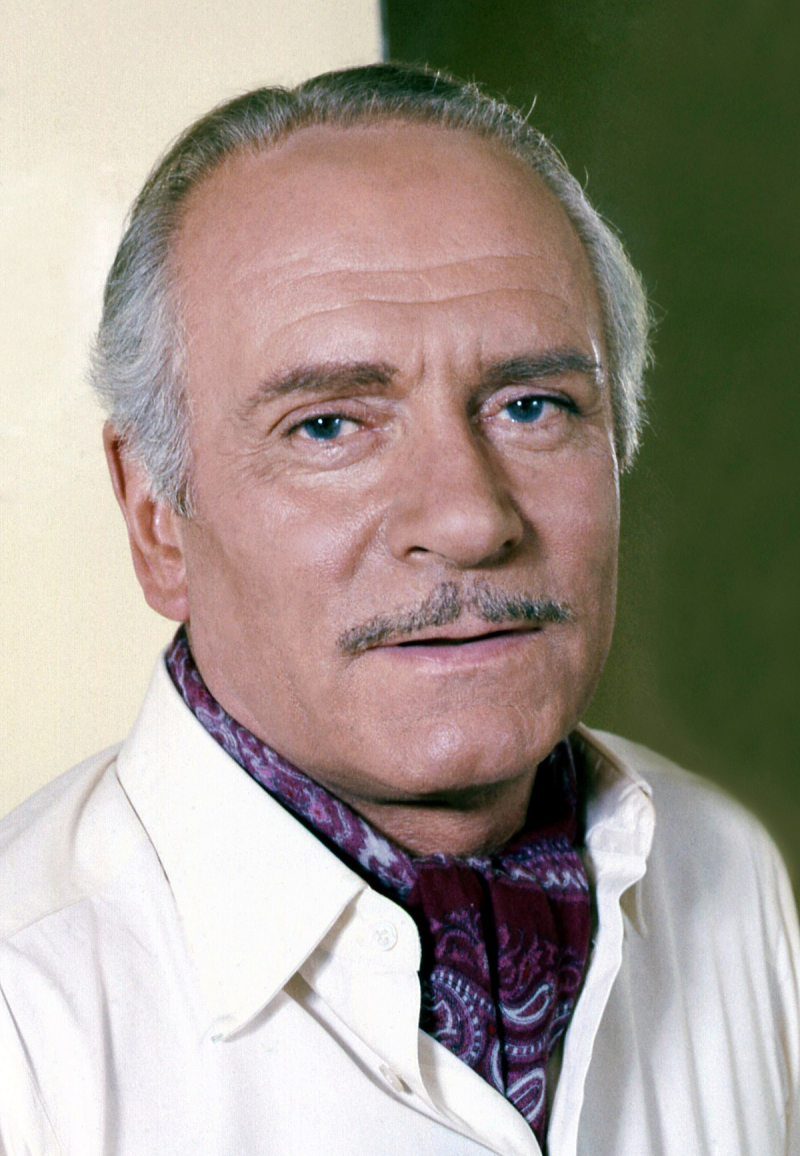
Laurence Olivier -
Katharine Hepburn was born in Hartford, Connecticut on May 12, 1907, to a suffragist and a doctor, both of whom pushed her to express her opinion, develop it completely, and use her body to its maximum capacity. As a youngster, she was an athletic tomboy who was very close to her brother Tom; when she was 14, she was horrified to discover his death, the apparent consequence of inadvertently hanging himself while performing a hanging technique their father had taught them. For many years following, she used his November 8 birthdate as her own. She became bashful with females her own age and was mostly educated at home. She did attend Bryn Mawr College, where she opted to pursue a career as an actor, and she appeared in several of their performances.
She began receiving modest roles in plays on Broadway and internationally after college. She drew a lot of attention, particularly for her participation in "Art and Mrs. Bottle" (1931). She ultimately rose to prominence as the Amazon princess Antiope in "A Warrior's Husband" (1932). Following the inevitable film offers, she was cast in A Bill of Divorcement (1932), with John Barrymore, following a few screen tests. The picture was a smash, and after agreeing to her pay demands, RKO signed her to a contract. Between 1932 and 1934, she filmed five pictures. She earned her first Academy Award for her third film, Morning Glory (1933). Her fourth film, Little Women (1933), was the most successful of its time.
Detailed information:
Born: May 12, 1907, in Hartford, Connecticut, USA
Died: June 29, 2003, in Old Saybrook, Connecticut, USA (natural causes)
Birth Name: Katharine Houghton Hepburn
Nicknames: First Lady of Cinema Kate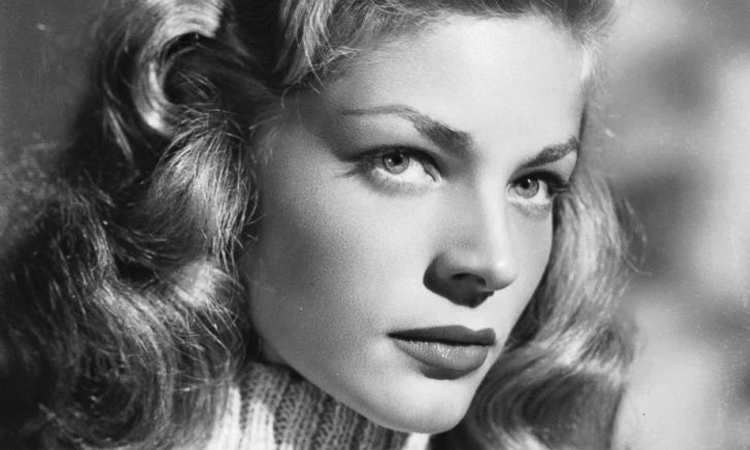
Katharine Hepburn 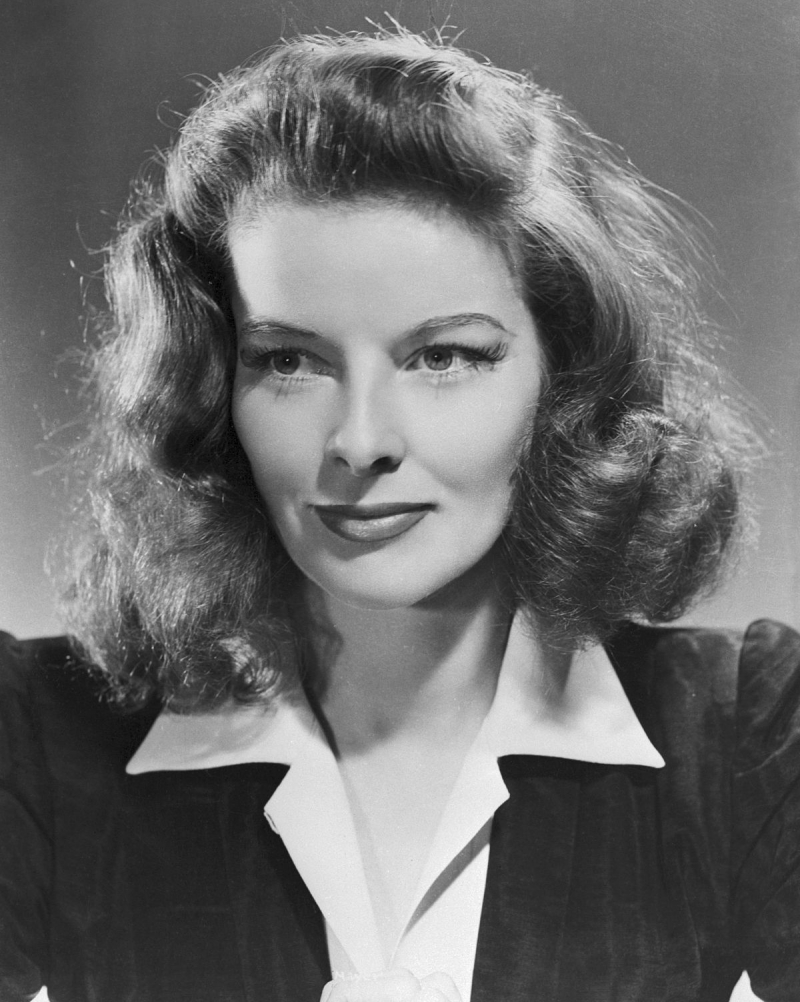
Katharine Hepburn -
Charlie Chaplin, regarded as one of the most influential performers of the early days of Hollywood, led an intriguing life both in front of and behind the camera. He is most known as a silent-film icon, often linked with his iconic figure, the Little Tramp; the man with the toothbrush mustache, bowler hat, bamboo cane, and a peculiar stride.
Charles Spencer Chaplin was born on April 16, 1889, in Walworth, London, England, to Hannah Harriet Pedlingham (Hill) and Charles Chaplin, both music hall artists who married on June 22, 1885. Hannah attempted to rekindle her theatrical career when Charles Sr. split from her to perform in New York City. Unfortunately, her singing voice had a habit of breaking at inconvenient times. When this happened, the stage manager noticed little Charlie waiting in the wings and took him on stage, where he proceeded to perform a famous song.
Between his mother's episodes of insanity, Charlie and his half-brother, Syd Chaplin, spent their childhood in and out of charity institutions and workhouses. Hannah was committed to Cane Hill Asylum in May 1903 and remained there until Chaplin brought her to California in 1921. Chaplin's official acting career began when he was eight years old when he toured with the Eight Lancashire Lads. At the age of 18, he began traveling with Fred Karno's vaudeville team, joining them on their 1910 tour of the United States.
Detailed information:
Born: April 16, 1889, in Walworth, London, England, UK
Died: December 25, 1977, in Vevey, Vaud, Switzerland (stroke)
Birth Name: Charles Spencer Chaplin
Nicknames: Charlie Charlot, The Little Tramp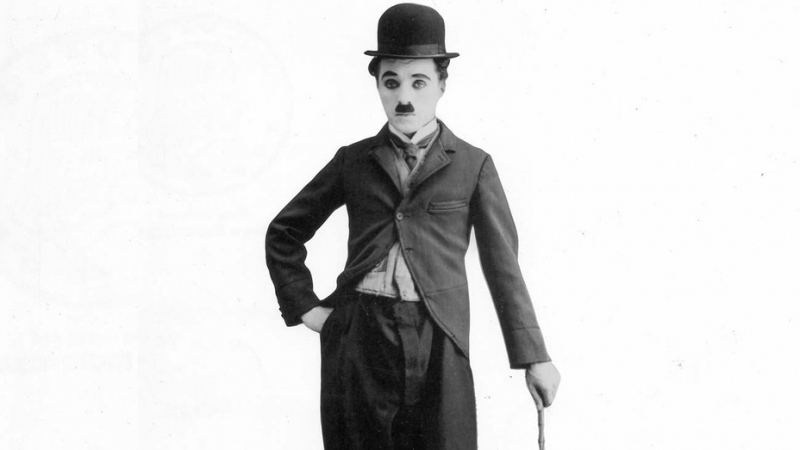
Charles Chaplin 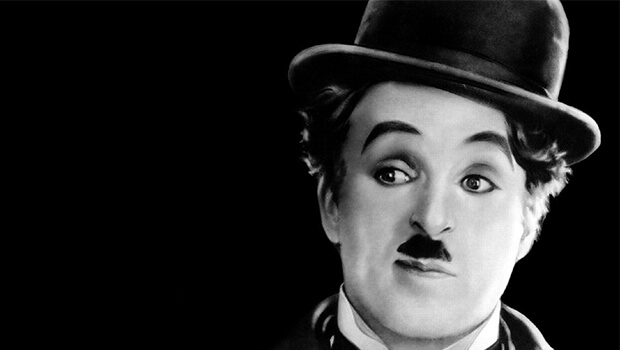
Charles Chaplin -
Meryl Streep, widely regarded as the finest living actress, has been nominated for the Academy Award 21 times and has won it three times. Meryl was born Mary Louise Streep in 1949 in Summit, New Jersey, to commercial artist Mary Wolf (Wilkinson) and pharmaceutical businessman Harry William Streep, Jr. Her father was German and Swiss-German, while her mother was English, Irish, and German.
Meryl's early interests in the performing arts gravitated toward opera. She grew interested in performing while attending Vassar College, and after graduation, she enrolled at the Yale School of Drama. She gave an outstanding performance in her first film role, Julia (1977), and was nominated for her first Academy Award the following year for her role in K Săn Hu (1978). She went on to win an Academy Award for her roles in Kramer vs. Kramer (1979) and Sophie's Choice (1982), in which she played an imprisoned mother in a Nazi death camp.Meryl, a perfectionist in her craft and diligent in her preparation for her parts, delivered a succession of critically lauded performances over the next decade in films such as Silkwood (1983), Out of Africa (1985), Ironweed (1987), and Evil Angels (1989). (1988).
Detailed information:
Born: June 22, 1949, in Summit, New Jersey, USA
Birth Name: Mary Louise Streep
Height: 5' 6" (1,68 m)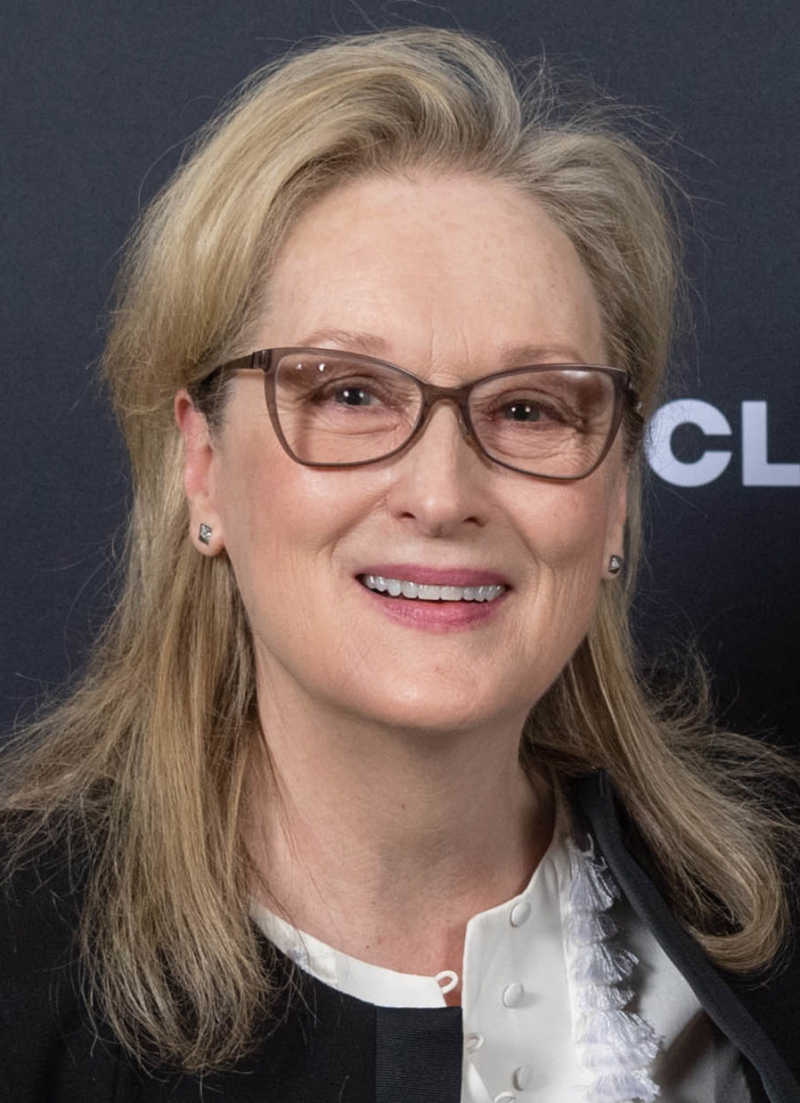
Meryl Streep 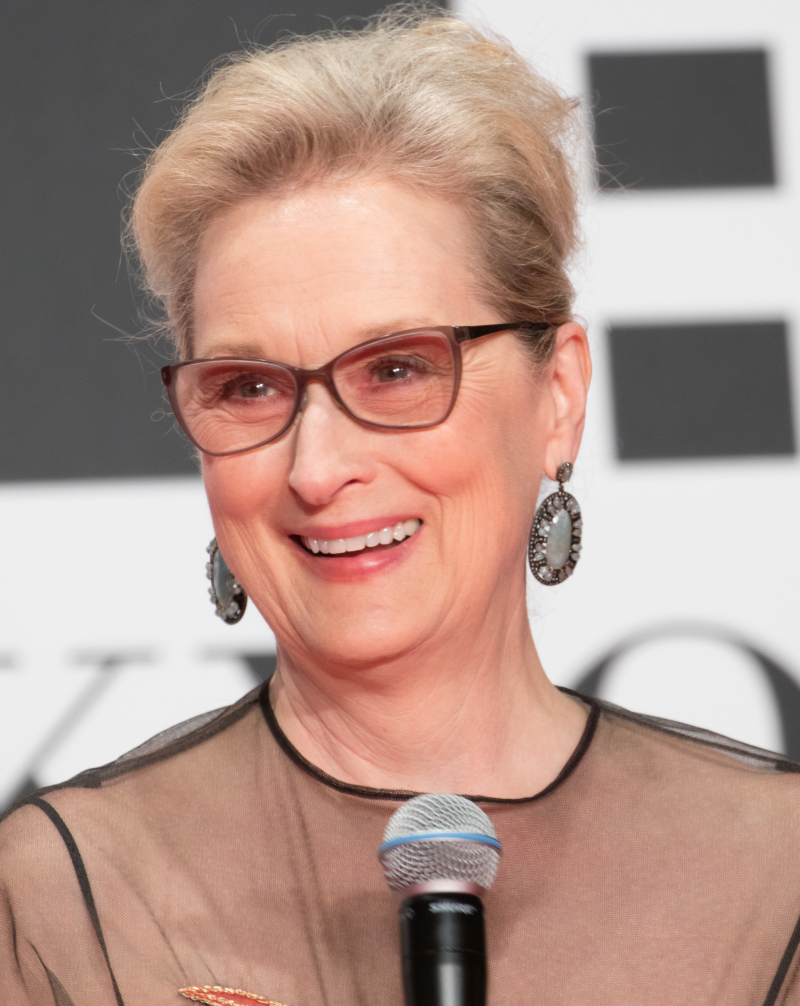
Meryl Streep -
Charles Laughton was born in Yorkshire, England on July 1, 1899. He was the son of Yorkshire hotelier Robert Laughton. Eliza (nee Conlon) Laughton, his mother, was a devout Roman Catholic of Irish ancestry who raised her children in that faith. Laughton attended Scarborough College, a local boys' school in his area, for a short time before enrolling at Stonyhurst College, an English Jesuit school.
After graduating from Stonyhurst at the age of 16, Laughton was expected to take over the family company. His love, however, was in the performing arts, and in 1925 he enrolled at the Royal Academy of Dramatic Art. Laughton made his professional stage debut in the production of The Government Inspector in London in 1926. This job gave him the opportunity to demonstrate his flexibility as a thespian by portraying both wicked and good personalities.
Following a string of successful theatrical appearances, Laughton made his cinema debut in the 1928 British-Comedy, silent comedy Blue Bottles (1928), where he met his future wife Elsa Lanchester. Laughton made his New York stage debut in 1931, which led to numerous film offers, and the following year he starred in his first Hollywood film, The Old Dark House (1932). (1932). Laughton's true breakthrough role came in the 1933 film The Private Life of Henry VIII (1933), for which he won the Academy Award for Best Actor for his portrayal of the titular King Henry VIII, on whom the film was loosely based.
Detailed information:
Born: July 1, 1899, in Victoria Hotel, Scarborough, North Yorkshire, England, UK
Died: December 15, 1962, in Hollywood, Los Angeles, California, USA (gall bladder cancer)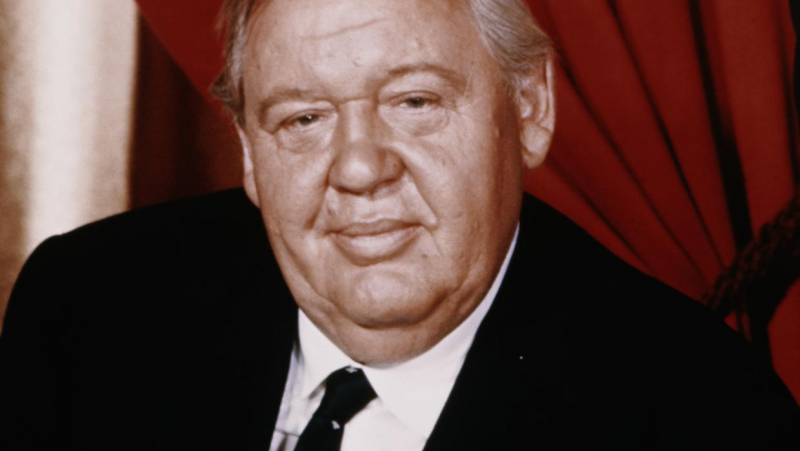
Charles Laughton 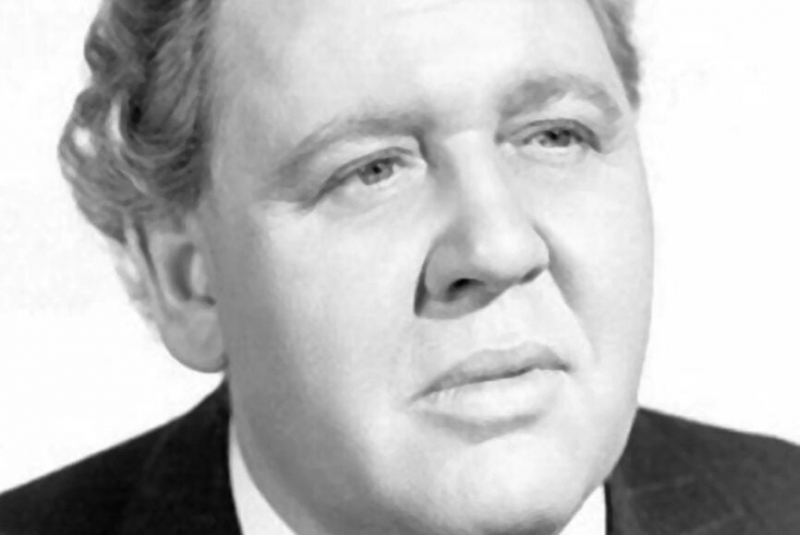
Charles Laughton -
Alfredo James "Al" Pacino rose to prominence as a film actor during one of cinema's most exciting decades, the 1970s, and has since become a lasting and iconic personality in the world of American filmmaking.
He was born in Manhattan, New York City, on April 25, 1940, to Italian-American parents, Rose (née Gerardi) and Sal Pacino. They divorced when he was a child. His mother relocated them to his grandparents' South Bronx house. Pacino frequently found himself mimicking the stories and voices of characters he had seen in movies. He discovered a sanctuary in school plays when he was bored and unmotivated in school, and his enthusiasm eventually bloomed into a full-time job. Starting out on stage, he struggled with melancholy and hardship, sometimes having to borrow bus fare to get to auditions.
In 1966, he was accepted into the famed Performers Studio, where he studied under Lee Strasberg, the inventor of the Method Approach, which would become the signature of many 1970s-era actors. Pacino had off-Broadway success with Israel Horovitz's "The Indian Wants the Bronx," receiving an Obie Award for the 1966-67 season after performing in a run of minor parts.
Detailed information:
Born: April 25, 1940, in Manhattan, New York City, New York, USA
Birth Name: Alfredo James Pacino
Nickname: Sonny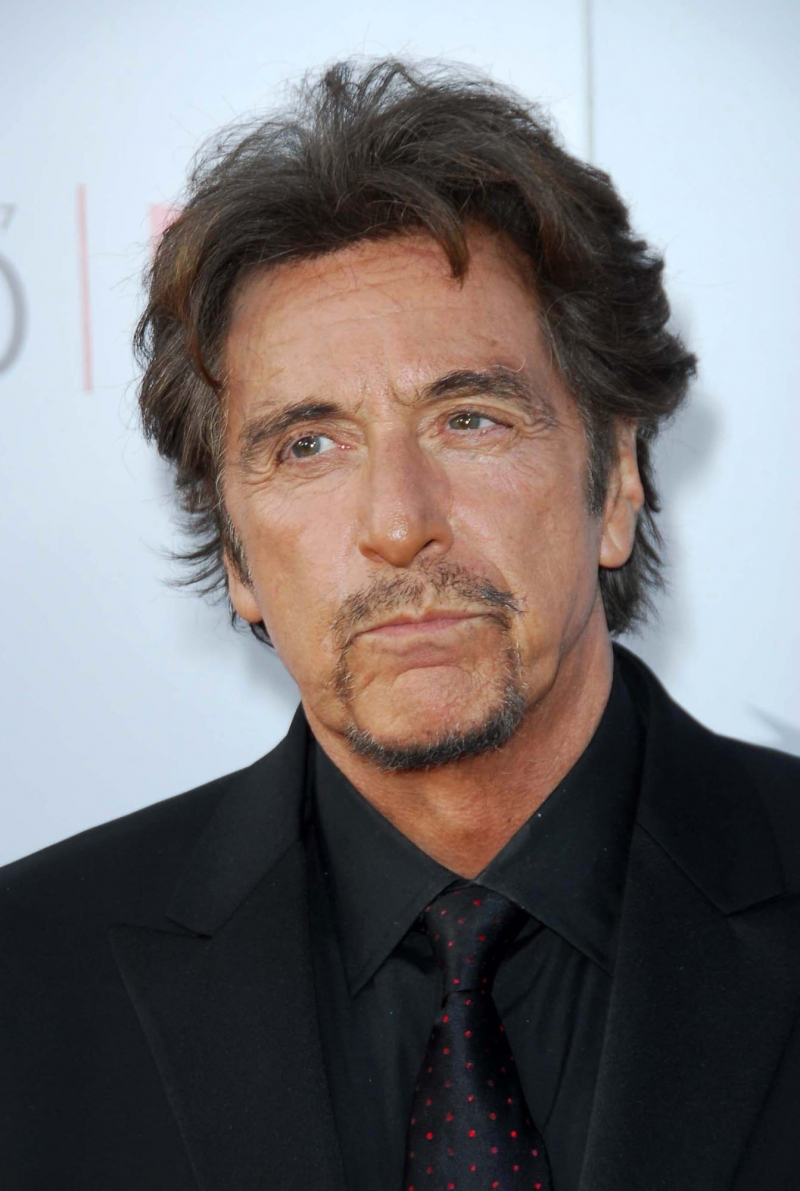
Al Pacino 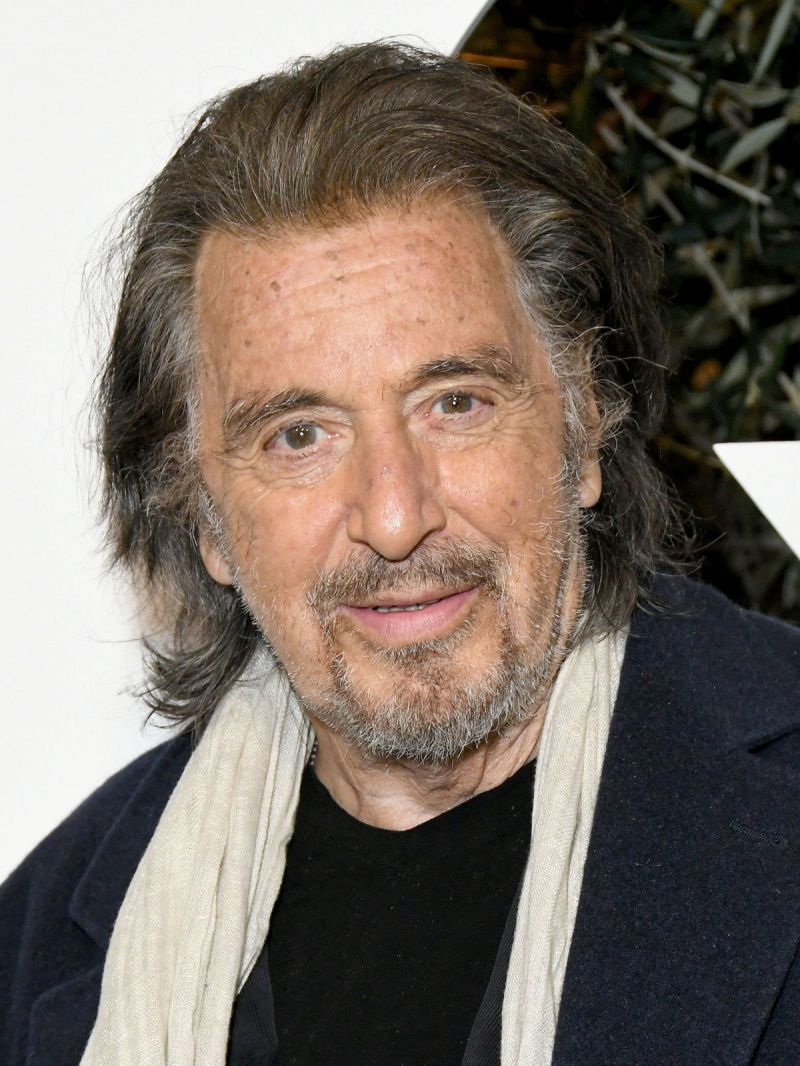
Al Pacino -
Ingrid Bergman was a legendary actress from Hollywood's ill-fated Golden Age. Her natural and unadorned beauty, along with her enormous acting skill, made her one of the most recognized personalities in American movie history. Bergman is also one of the most Oscar-nominated actresses, along with Meryl Streep and Frances McDormand for second place, trailing only Katharine Hepburn.
Ingrid Bergman was born on August 29, 1915, in Stockholm, Sweden, to a German mother, Frieda Henrietta (Adler), and a Swedish father, artist and photographer Justus Samuel Bergman. Her mother died when she was two years old, and her father died when she was twelve. She moved in with her elderly uncle.
After completing her formal education, the woman who would become one of Hollywood's biggest stars in the 1940s opted to pursue a career as an actor. She received her first taste of acting at the age of 17 when she had an uncredited role as a girl standing in line in the Swedish film Landskamp (1932) in 1932 - not a bad start for a girl who would go on to be renowned as "Sweden's famous gift to Hollywood." Her parents died when she was a child, and the uncle she lived with didn't want to get in the way of Ingrid's ambition. The next year, she enrolled in Stockholm's Royal Dramatic Theatre School but concluded that stage acting was not for her.
Detailed information:
Born: August 29, 1915, in Stockholm, Sweden
Died: August 29, 1982, in Chelsea, London, England, UK (lymphoma complications following a breast cancer operation)
Height: 5' 10" (1,78 m)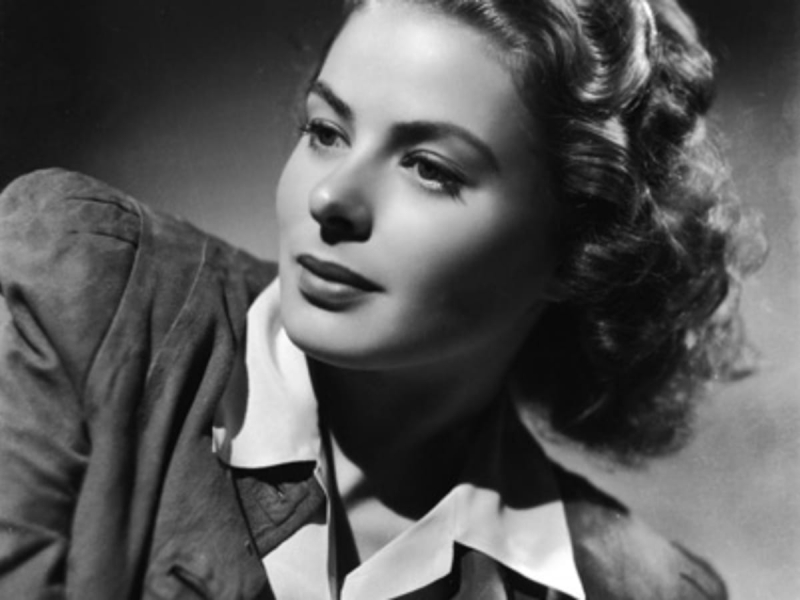
Ingrid Bergman 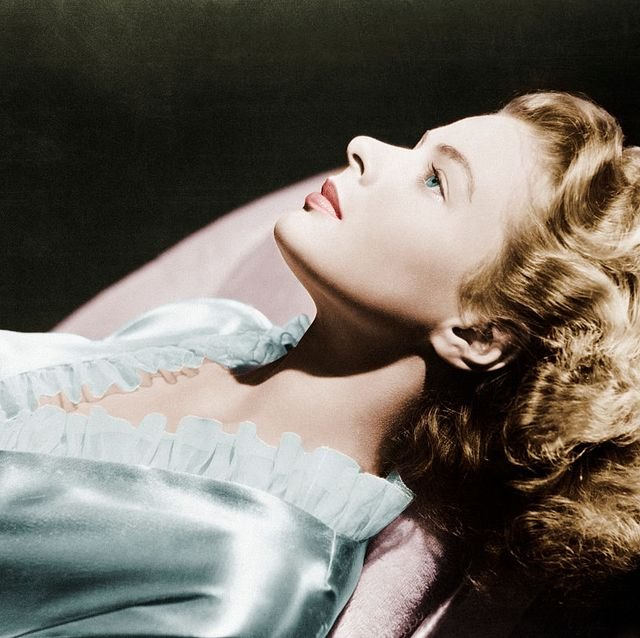
Ingrid Bergman -
Robert De Niro, one of the greatest performers of all time, was born in Manhattan, New York City, on August 17, 1943, to artists Virginia (Admiral) and Robert De Niro Sr. His paternal grandfather was of Italian heritage, and he also had Irish, English, Dutch, German, and French ancestors. He received his education at the Stella Adler Conservatory and the American Workshop. De Niro rose to prominence for his appearance in Bang the Drum Slowly (1973), but he established himself as a volatile performer in Mean Streets (1973), his debut picture with director Martin Scorsese.
De Niro played Jake LaMotta in Martin Scorsese's historical movie Raging Bull (1980), for which he earned his first Academy Award for Best Actor. He branched out into other roles, such as a stand-up comic in The King of Comedy (1982), and rose to prominence for his roles in Bernardo Bertolucci's epic 1900 (1976), Sergio Leone's crime epic Once Upon a Time in America (1984), Terry Gilliam's dystopian satire Brazil (1985), the religious epic The Mission (1986), and the comedy Midnight Run (1988). (1988). De Niro played mobster Jimmy Conway in Goodfellas (1990), a catatonic patient in Awakenings (1990), and a crook in Cape Fear (1990). (1991). De Niro's performances in all three films were praised.
Detailed information:
Born: August 17, 1943, in New York City, New York, USA
Birth Name: Robert Anthony De Niro Jr.
Nicknames: Bobby Milk, Kid Monroe, Bob, Bobby D
Height: 5' 9" (1,75 m)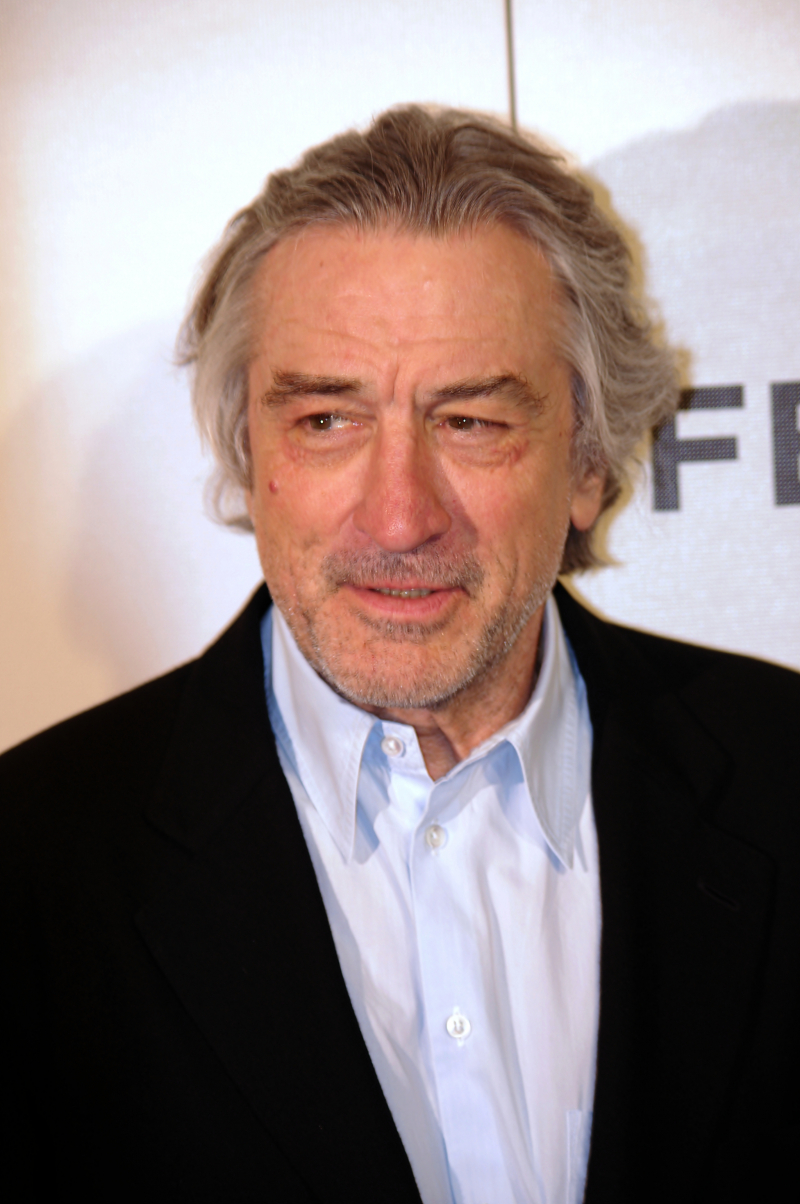
Robert De Niro 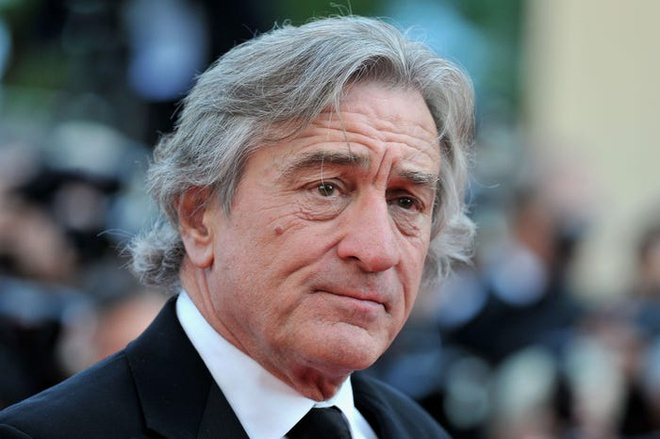
Robert De Niro -
Toshiro Mifune garnered more international acclaim than any other Japanese actor of the twentieth century. He was born to Japanese parents in Tsingtao, China, and grew up in Dalian. He did not visit Japan till he was 21 years old. Toshiro's father was an importer and a commercial photographer, and after graduating from Dalian Middle School, he worked at his father's studio for a period. When he reached 20, he was immediately recruited into the Japanese army and joined in the Air Force, where he was assigned to the Aerial Photography Unit for the rest of World War II.
In 1947, he auditioned for Kajirô Yamamoto, who referred him to director Senkichi Taniguchi, which resulted in Mifune's first film appearance in Shin Baka jidai: kôhen (1947). Mifune then met and connected with filmmaker Akira Kurosawa, and the two went on to become the most renowned actor-director combo in Japanese cinema history. Mifune featured in 16 of Kurosawa's films, beginning with Yoidore Tenshi (1948), the majority of which have become world-renowned masterpieces. Mifune would go on to become the most recognized Japanese actor in the world because to his performances in Kurosawa's films, particularly L Sinh Môn (1950). He was a strong and violent actor who excelled in action roles while still having the capacity to dig nuanced and subtle emotional roles.
Detailed information:
Born: April 1, 1920, in Tsingtao, China [now Qingdao, Shandong, China]
Died: December 24, 1997, in Mitaka city, Tokyo, Japan (organ failure)
Birth Name: Sanchuan Minlang
Nicknames: The Wolf, The Shogun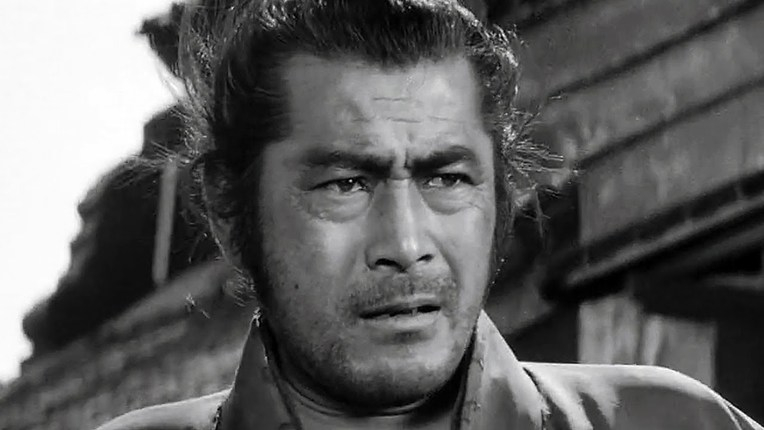
Toshirô Mifune 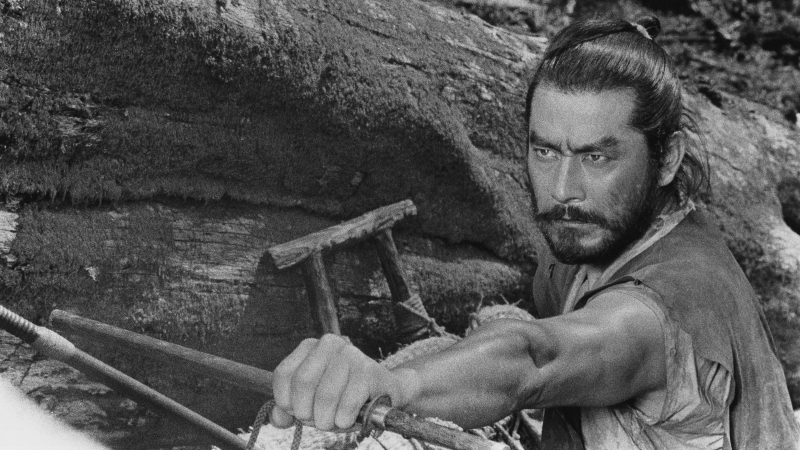
Toshirô Mifune













